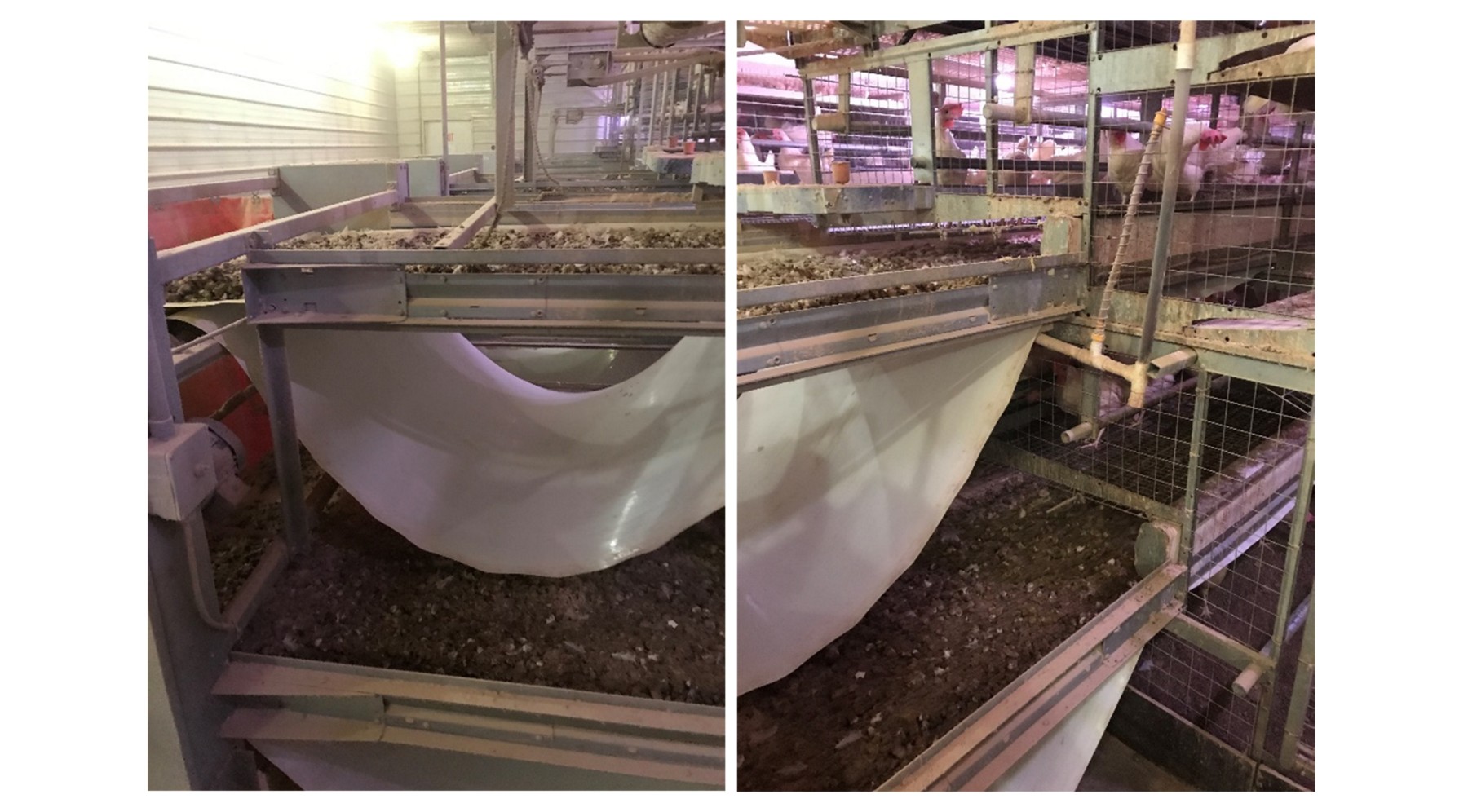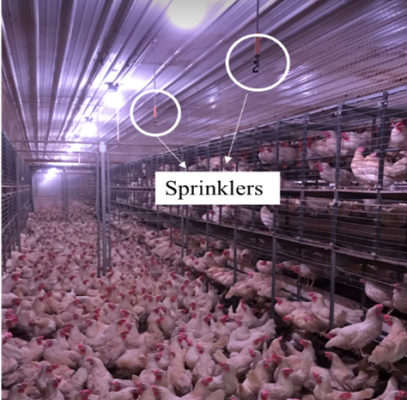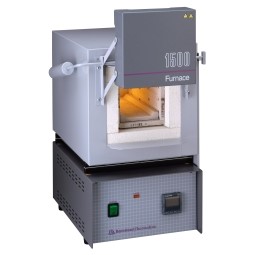Environmental
-

Author: Dr. Lilong Chai, Assistant Professor & Poultry Engineering Specialist Importance of Layer Manure Drying A layer house with 100,000 hens produces 1,500 to 2,000 tons of manure every year. Fresh layer manure contains about 75% moisture that must be reduced prior to storage and land application. High moisture manure can lead to higher transport…
-

Dr. Lilong Chai, UGA Poultry Engineering Specialist Heat Stress in Laying Hens Heat stress is one of the primary concerns for laying hen production in the summer as heat waves may significantly increase flock mortality and reduce egg production in hen houses. The use of mechanical ventilation and cooling cells are popular cooling methods used…
-

PDF Version Cage-free henhouse and dust Concerns over animal welfare have led to pledges of sourcing only cage-free eggs by many U.S. food retailers and restaurants such as Walmart and McDonald’s by 2025 or 2030. According to the current number of pledges, it would take more than 70% of the current US layer inventory to…
-

PDF Version Since the creation of the United States Environmental Protection Agency (USEPA) and subsequent implementation of the Clean Water Act in the early 1970s, poultry processing plants have been required to continually improve the quality of their process wastewater effluent discharges. The determination of wastewater quality set forth in environmental permits has been established…
-

PDF Version Since the implementation of the Clean Water Act and subsequent creation of the United States Environmental Protection Agency (USEPA) in the early 1970s, poultry processing plants have been required to continually improve the quality of their process wastewater effluent discharges. The determination of wastewater quality set forth in environmental permits has been established…
